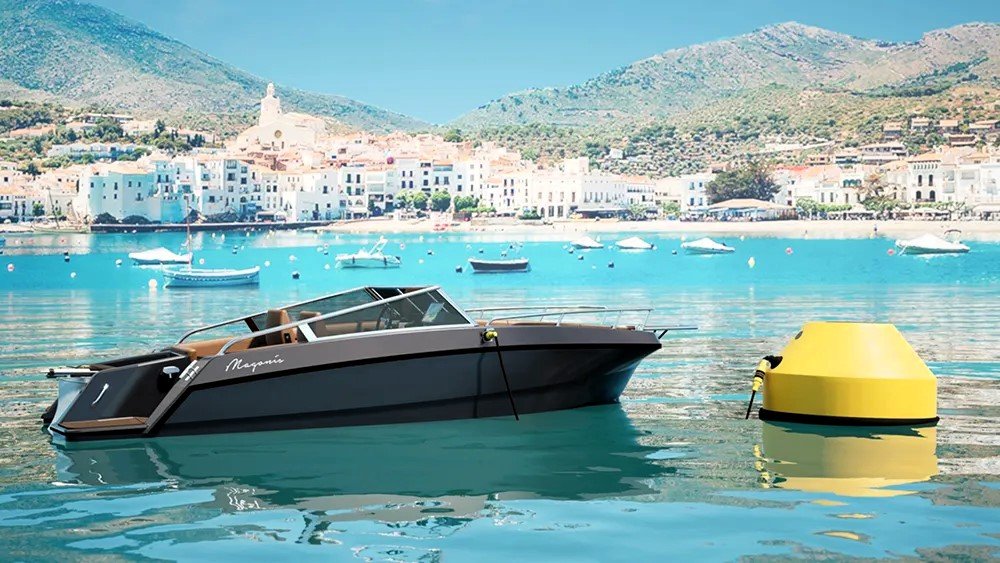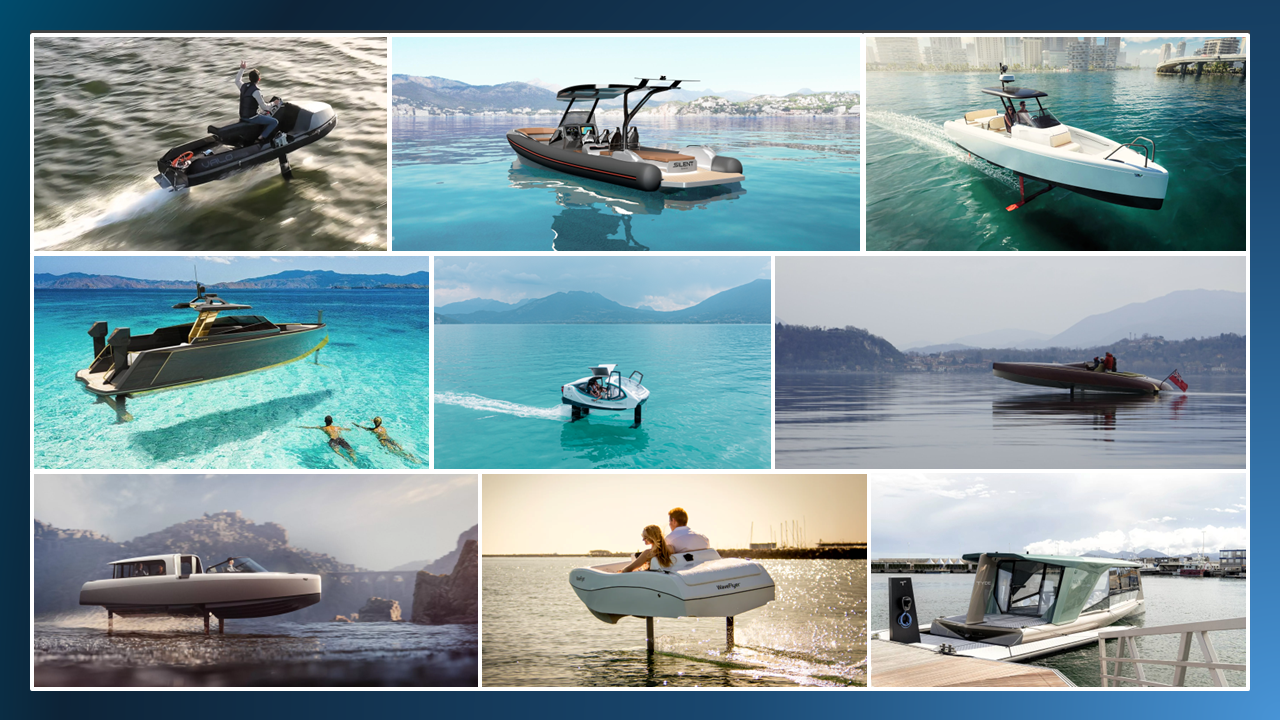
Maritime Energy Transition
When it comes to understanding the energy transition for the maritime sector, it is hard to get a clear picture. Most reports focus on where the bulk of the current green house gas (GHG) emissions come from, which is international shipping, but little is said (or done) about helping other parts of the maritime world understand how to decarbonise. We have brought together the reports we have come across and summarised their findings for you.

Offshore Charging
When we look at commercial coastal vessels, or Domestic Commercial Vessels (DCVs) in Australia and New Zealand, we can see that the operational profile for some vessels makes them harder to electrify.
If we take a step back we can look for new ways to support these operations without needing to exactly replace the fossil-fuel powered powertrains we have today.
One option is to consider how we can charge battery-electric vessels offshore, without needing to bring them back to their home port dockside charger.

Smart Electric Hydrofoils - Recreational
While our focus at Maritime Impulse is on domestic commercial vessels, a review of smart electric hydrofoils would not be complete without considering the products being offered to the recreational boating market.

Smart Electric Hydrofoils - Commercial
Smart electric hydrofoils are being considered for a range of commercial maritime uses, so we have grouped them below in what we think are the most interesting ones.
